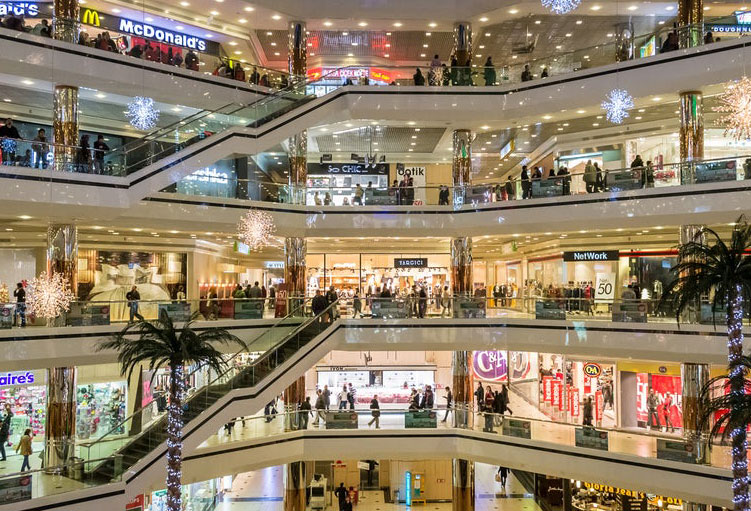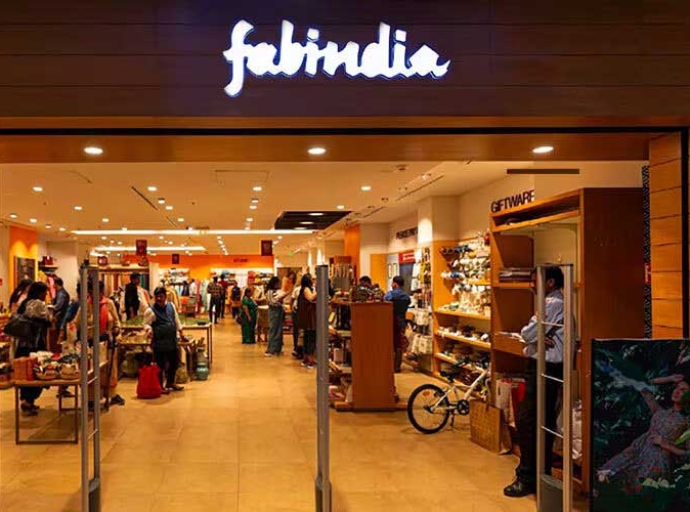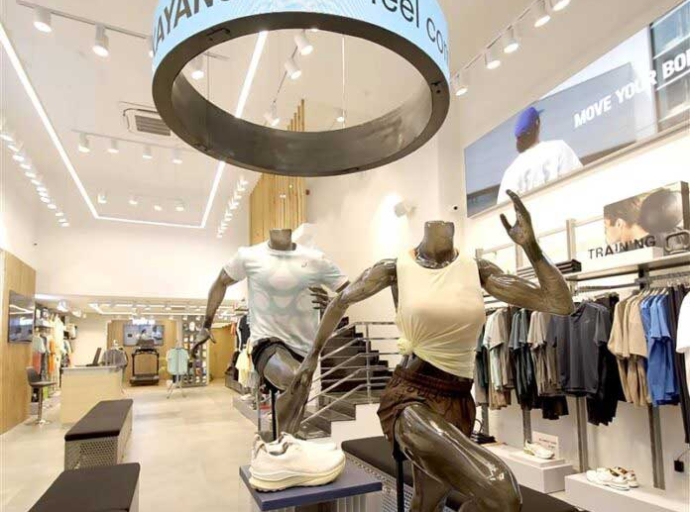Shopping malls slowly recover as footfalls inch towards pre-Covid levels

Year 2020 was a tough one globally for people and businesses alike. With long stretches of lockdowns, and people confined at home, life almost came to a standstill. However, with the successful launch of a few vaccines there is some hope and positivity in our fight against the global pandemic. The Economic Times took stock of the damage that COVID-19 inflicted on the country’s shopping malls and concluded “With some confidence, we believe, is that a significant amount of the ground lost by shopping malls in India during the lockdown has already been recovered.” However, the report did highlight its little early to come to clear date of return to “normalcy” for shopping malls or what the new normal will look like.
Malls on way to recovery The report relied on personal mobility data or device data from smartphone usage. ThisShopping malls slowly recover as footfalls inch towards pre Covid levels real-time data gives an insight on changes in visitation patterns. While GapMaps device data gives clear understanding of the impact on footfalls – both before the lockdown and in the various phases of unlock.
The aggregate findings from 24 leading malls across India, most of them in Tier-I cities shows quick drop in footfalls in all malls across cities to zero or almost zero in the weeks starting March 23, due to the lockdown. This continued till mid-June when traffic started moving north after partial unlock. And the festive season, saw footfalls reach 60 to 70 per cent of pre-COVID levels in some malls. And in mid-November, levels were trending at 30 to 60 per cent of pre-COVID levels.
The data also reflects as customers returned, their visitation habits and the duration of visit, slowly picked up to pre-COVID levels on an average 80-90 minutes in most cases, compared to 50-60 minutes in March and June.
Local malls were the preferred destination
One global trend that has emerged from the lockdown is that shoppers are now more inclined to focus on shopping centres closer home. The Economic Time report suggests, “for regional malls, which typically thrive when able to attract customers from a broad region, this change in behaviour, if permanent, spells potential problems.”
The study also highlights the pandemic changed the mindset of shoppers on the distances they are willing to travel. In most cases only 15 to 30 per cent regional mall customers travelled two kilometres or less in April, which went up to 50 to 60 per cent. However, in October, the proportion went back to almost pre-COVID levels where customers were more confident to travel greater distances to visit their favourite malls.
Latest Publications

































